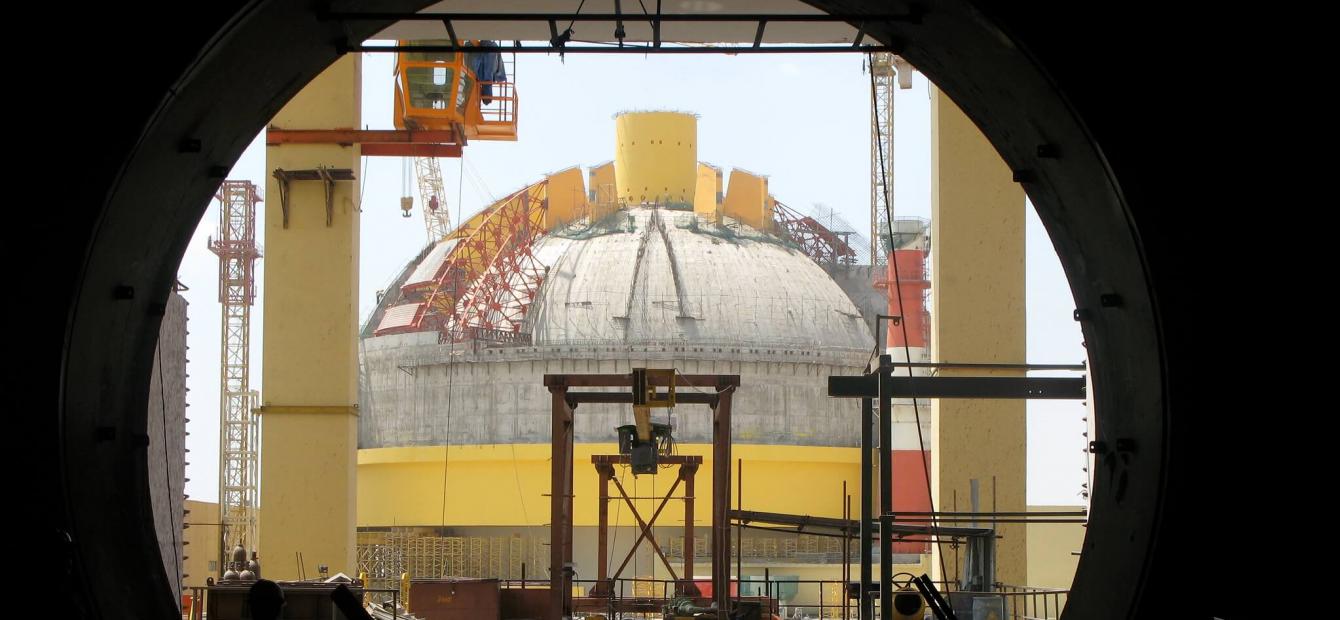
The India-Pakistan Nuclear Imbroglio: What Way Forward?
India and Pakistan, two of the most belligerent countries in the world, are among the few states to possess nuclear weapons. Episode 8 of the Clingendael Spectator series on arms control shows how ‘peace through deterrence’ seems no longer feasible in the current state of affairs. There is a crucial role to play for the international community in stimulating bilateral talks, while the two countries can rebuild trust by strengthening cooperation on non-nuclear issues.
India and Pakistan are linked in history, emerging from the partition of British India in 1947. The split is to a great extent driven by religion: Pakistan turned out to be essentially Muslim, while India remained for the most part Hindu. Keeping up with this political quagmire was Kashmir, a region in the Himalayas guaranteed in full and partially administered by both India and Pakistan.
Under the partition plan provided by the Indian Independence Act 1947 Kashmir, with its Muslim majority, was free to accede to either India or Pakistan. However, the local ruler, Hari Singh, decided against giving the population a choice, leaving the region in a geopolitical limbo and with a disputed border.
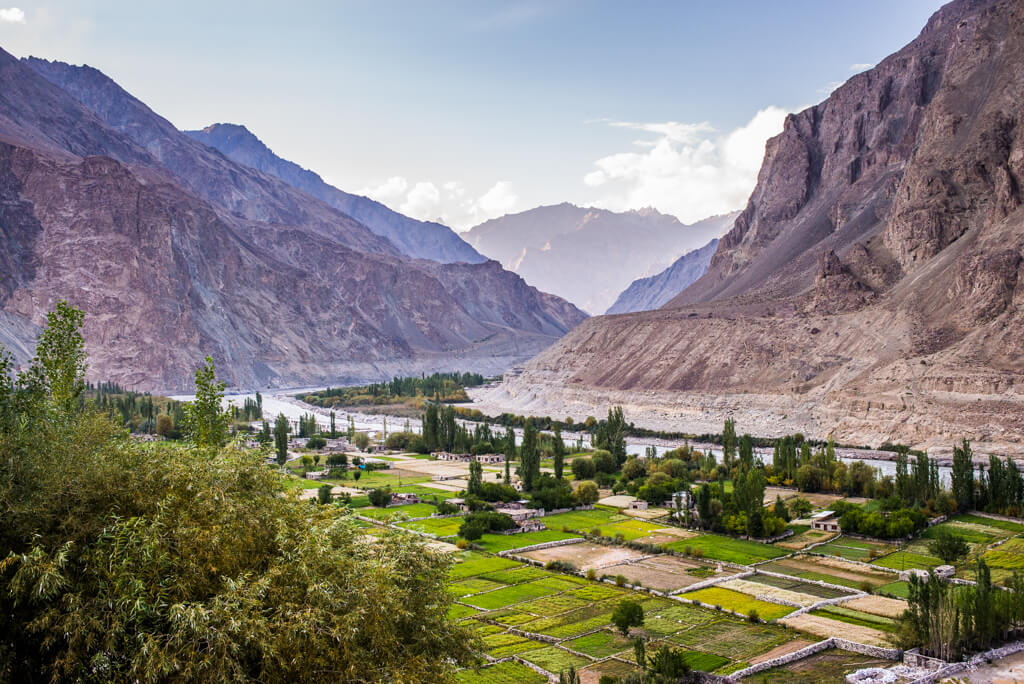
Since then, India and Pakistan have conducted a series of wars, generally over the Kashmir district to which the two nations lay case. A two-year war erupted between India and Pakistan in 1947 and another broke out in 1965. In 1999, the two countries again came to blows and may have gotten the closest the world has come to nuclear war since the end of World War II.1
In early-2019, a terror attack in Indian occupied Kashmir prompted the most serious military escalation in over ten years. Later, in August 2019, India unexpectedly terminated seven years of self-rule in the Indian part of Kashmir, an extreme move that stirred tensions further.
This goes to show that the political history of India and Pakistan is a study in unmitigated rivalry and confrontation. A zero-sum game that ultimately led to a nuclear arms race between the two nations.
The nuclear programmes in global context
Since the development of Tactical Nuclear Weapons (TNWs) by the Soviet Union and United States in the 1950s, nuclear capabilities have played a crucial role in the strategic calculus of both power blocs. Even today these weapons are heavily entwined into the strategic contingency planning of the US and Russia.
Tactical (i.e. non-strategic) nuclear weapons typically refer to short-range weapons, including land-based missiles with a range of less than 500 km (about 300 miles) and air- and sea-launched weapons with a range of less than 600 km (about 400 miles).2 Of an expected 14,000 nuclear warheads around the world, near 95 percent belong to the US and Russia.3 India and Pakistan are believed to possess 150 each.
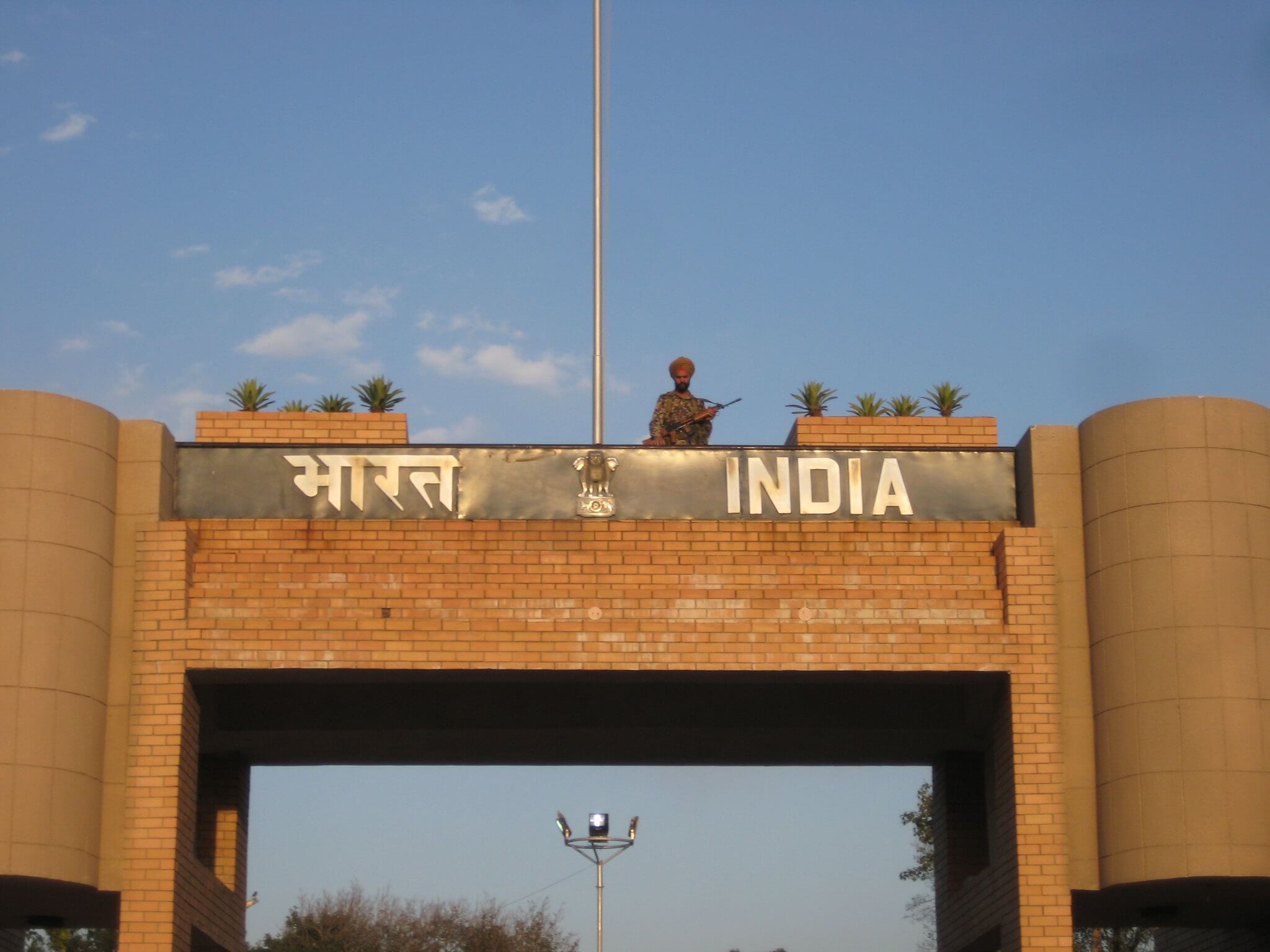
The history of the Indian-Pakistani nuclear arms race is well-known and clear-cut. India’s nuclear programme started in 1964 and was mainly prompted by China’s growing Great Power ambitions. In turn, Pakistani leaders reacted to India’s nuclear programme and its quest for regional hegemony, which were considered serious threats to Pakistan’s security and the stability of the region.
The developing asymmetry between the two states left Pakistan with little alternative but to build its security on nuclear capabilities. Pakistan was spurred on by India’s 1974 ‘peaceful nuclear explosion’ (called the “Smiling Buddha”) and embarked upon a nuclear weapons programme of its own.4
Ultimately, when India and Pakistan conducted their nuclear tests in May 1998, the South Asian region drew prompt attention from the international community.
Both India and Pakistan seem locked in an action-reaction spiral of nuclear weapons and ballistic missile development
Over the past two decades, a pattern of enmity and security interdependence has become apparent in the development of nuclear weapons by India and Pakistan. Both rivals seem locked in an action-reaction spiral of nuclear weapons and ballistic missile development.
When India decided to develop nuclear weapons, Pakistan followed suit in order to preserve its sovereignty; when India initiated a ballistic missile programme, Pakistan followed the same route; when India pursued an aggressive limited war doctrine (the so-called “Cold Start”), Pakistan reacted by developing tactical nuclear weapons.
Since India is now developing a limited ballistic missile defence (BMD) capability5 , Pakistan has responded by developing missiles specifically designed to defeat and saturate this BMD-system and Islamabad is bound to alter its nuclear force posture accordingly.
India and Pakistan are among the very few states that have neither signed nor ratified the Treaty of Non-proliferation of Nuclear Weapons (NPT). India and Pakistan have often criticised the NPT as discriminatory, with an Indian diplomat once famously lamenting that the NPT had led to “nuclear apartheid”.6
In 2005, the US struck a nuclear deal with India, opening the way for other major powers to sign similar nuclear agreements. As a result, India is now recognised as a de facto nuclear weapons state whilst remaining outside the NPT, and is hence free of the normal obligations under this Treaty.
This approach to India’s nuclear program and ambitions has been considered by Pakistan (and many other states) as a sign of appeasement, undermining the credibility of the NPT. Pakistan also considers it as a sign of Western duplicity, adding to its sense that it is discriminated against by the international community.
Thus, both India and Pakistan perceive each other as a major security threat, with the marked difference that Pakistan is also confronted with India’s ongoing Great Power aspirations, particularly in South Asia. These respective security outlooks have translated into an arms race, initially of a conventional nature, but quickly acquiring a nuclear character.
The threat of nuclear war
It is clear that if there is a nuclear conflagration in the region, the outcome would be devastating. After a progression of cross-fringe military aggression between India and Pakistan in late 2019 due to a terror attack in Indian Occupied Kashmir, experts estimated that a nuclear clash between the two Asian states would result in up to 125 million casualties – double the number of those killed during World War II.
As terrible as the immediate impact of nuclear warfare would be, even more people could die outside the afflicted areas due to famine.7
The current approach of ‘peace through deterrence’ has in reality merely increased the level of risk
Clearly, the best way to forestall the incidental use of nuclear weapons would be to eliminate them. For that to occur, both sides would have to radically rethink their positions on the thorny issue of Kashmir. The current approach of flat-out nuclearisation, which was expected to bring ‘peace through deterrence’, has in reality merely increased the level of risk.
Both India and Pakistan now openly consider the possibility of a limited conflict under a nuclear umbrella, which brings matters to a head, especially regarding Kashmir. Kashmir has always been considered a potential nuclear flashpoint. Even a modest fight or clash could potentially prompt a conventional war, which could in turn escalate into a nuclear conflict.
Until now, there have been five major crises between India and Pakistan under the shadow of nuclear weapons. Most recently, in February 2019, a Kashmiri militant suicide bombing of an Indian paramilitary convoy in Kashmir that killed more than 40 people resulted in the exchange of artillery fire across the so-called Line of Control, separating the Indian and Pakistani controlled areas of Kashmir.
This crisis quickly escalated, and Pakistan’s Prime Minister Imran Khan declared in a national televised address that any further escalation between both countries would be beyond the leaders’ control. Khan warned that with “the weapons you have and the weapons we have, can we afford miscalculation? Shouldn’t we think that if this escalates, what will it lead to?"8
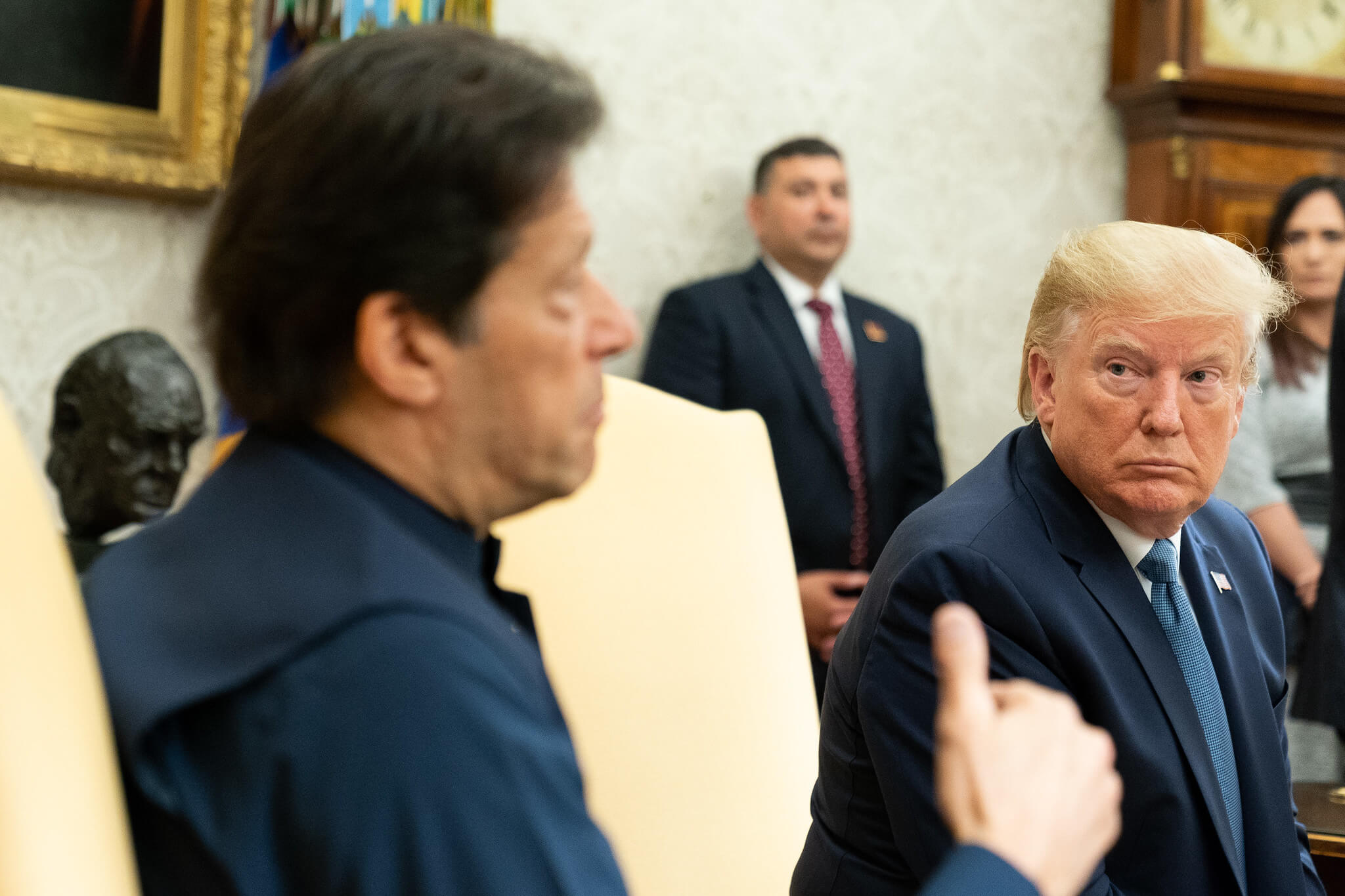
This recent conflict confirms that Kashmir remains the main hurdle to establishing enduring peaceful relations between both nuclear neighbours. In the meantime, Pakistani and Indian troops continue to threaten each other along the Line of Control and the disputed Siachen Glacier region (in Kashmir).
Most recently, India has raised the stakes in Indian-Administered Kashmir (IAK), abusing the COVID-19 pandemic. The IAK, which has a population of approximately 12.5 million, already suffered from a prolonged curfew imposed by the Indian authorities back in August 2019.
Since COVID-19 struck the region, Kashmiris have been even further restricted by rigorous lockdown measures. Human rights in the IAK were already under strain, but with international attention diverted, the Indian authorities have used the pandemic-related lockdown to further demoralise people and undermine Kashmir’s freedom struggle.
The Way Forward
Although both India and Pakistan are duly aware of the threats of any nuclear encounter, the risk of escalation through accident or miscalculation cannot be discounted. The fact that both Indian and Pakistani authorities have at times blown hot and cold, one day declaring that a nuclear clash was just inconceivable, whilst the next day guaranteeing that the military was prepared to face any conceivable challenge, certainly has not helped.
The leaderships of both countries are aware of the immense risks of nuclear conflict, which has induced a certain amount of caution
Growing nuclear weapon stockpiles have neither stabilised deterrence nor backstopped diplomatic initiatives to improve bilateral relations. The leaderships of the two countries are aware of the immense risks of waging a conflict that could escalate into a nuclear holocaust, which has induced a certain amount of caution and a sense of responsibility.9
Still, it is believed that diplomacy has stagnated while nuclear capabilities on both sides have advanced. This liability underscores the urgency of finding a peaceful resolution to the Kashmir strife.
According to some experts, the prospect of war might well subside due to overlapping national socio-economic agendas.10 This may also explain why India and Pakistan have been engaged in setting up a series of confidence building measures (CBMs).11 For example, both countries regularly exchange lists of their nuclear installations and have signed an agreement stipulating that they will not attack each other’s installations.
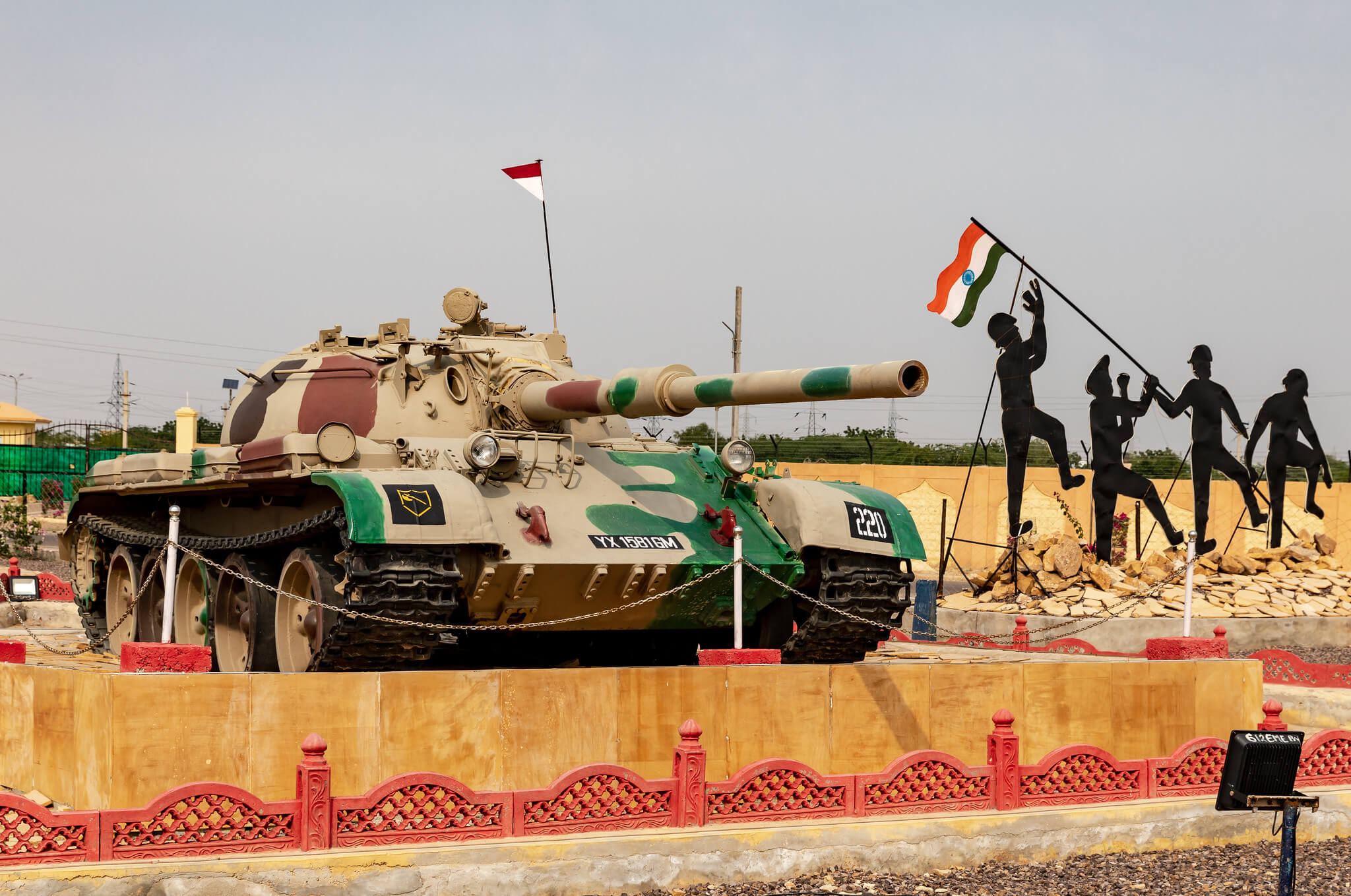
India and Pakistan also have agreed on the pre-notification of any future ballistic missile tests. Although these CBMs are laudable and useful, they need to be expanded to become the basis for a process working towards the overall improvements of bilateral relations.
Over the decades, it has proven hard to keep this dialogue going in the first place. The so-called “Composite Dialogue Process” between India and Pakistan (dating back to 1997) has been suspended since the 2008 Mumbai terrorist attacks and needs to be resuscitated if both parties are to move towards a lasting compromise. Additionally, there is a need for the two nations to draw up a more general and all-encompassing strategic dialogue.
In order to get out of the impasse, India and Pakistan decided to triangulate their bilateral dialogue by reaching out to the US. On the basis of US plans, Pakistan developed its own regional-based proposal, which they coined the “Strategic Restraint Regime” (SRR).12
Regardless of the looming nuclear danger, Pakistan’s fundamental challenge remains India’s conventional threat
The main objective of this Strategic Restraint Regime was to forestall a regional nuclear arms race, and more generally to achieve “strategic stability in South Asia.”13 Pakistan also put forward proposals for mutually balanced force reductions in the long run. Given India’s numerical advantage in conventional military forces, Pakistan suggested these force reductions to be proportional.
Regardless of the looming nuclear danger, Pakistan’s fundamental challenge remains India’s conventional threat, which is largely unchallenged by the US’ plans to alleviate bilateral tensions. This may well be the main reason why India has until now consistently dismissed Pakistan's recommendations for an SRR.
Unfortunately, the US has now seemingly accepted India’s negative stance towards the SRR-proposal, which has resulted in the derailment of the India-Pakistan process to achieve a nuclear dialogue. US ignorance on this matter may well prove to be a mistake of historic proportions, since the SRR could have ameliorated the conflict and set the first steps towards regional peace and stability.
Given these realities, the way forward for India and Pakistan is to ameliorate the security dilemma, develop a nuclear restraint regime, negotiate arms control and disarmament measures, and work towards resolving outstanding issues like Kashmir that make today’s bilateral relationship so conflict-prone.
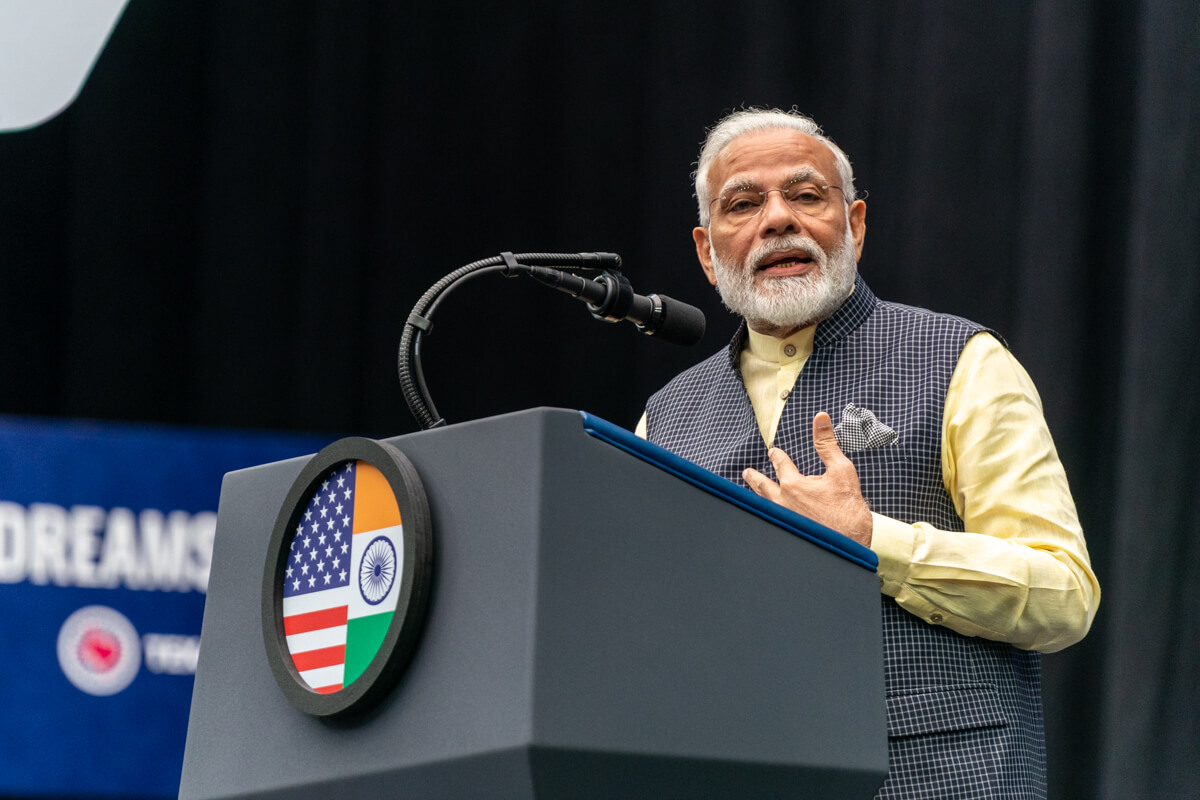
It goes without saying that the ongoing arms race combined with aggressive military doctrines is highly counterproductive. Not only does it undermine the security of both India and Pakistan, but it also might lead to a destructive path to nuclear war that obviously is not in the interest of anyone.
The status quo is rich with tensions, where trust has clearly been lost a long time ago. No third party seems to be in a position to change this reality. Even the US has not been able to bring both sides together, and today India and Pakistan continue to only “talk the talk” (i.e., committing to dialogue), but not “walk the talk” (by turning this dialogue into concrete action).
Over the decades, each failure in a dialogue process has only made both parties better informed about each other’s strengths and weaknesses, thereby exposing each other’s vulnerabilities which they aim to exploit in future crisis situations.
The time to restart efforts for a bilateral strategic dialogue may now have come again since China has put itself forward as a possible facilitator. Beijing has suggested that India should reciprocate Pakistan’s peace missive and enter into a dialogue during the 2019 Shanghai Cooperation Organization (SCO) summit.14
Pakistan aims to use its growing partnership with China to nudge India to return to the negotiating table. Interestingly, China could now be put in the position to mediate between India and Pakistan on nuclear matters, offering its “good offices”.15
India has pursued a strategy to keep the Kashmir-issue away from the global agenda, whereas Pakistan’s efforts to internationalise the issue have largely failed
Still, this would leave the issue of Kashmir unresolved. For a long time, Kashmir has hardly figured on the global agenda: The conflict appears confined to the distant Himalayas and the link with a possible war between Pakistan and India is not apparent to all. India in particular has pursued a diplomatic strategy to keep the Kashmir-issue away from the global agenda, whereas Pakistan’s efforts to internationalise the issue have largely failed.
Given the real possibility that any kind of conflict between India and Pakistan might acquire a nuclear dimension, the international community should be called upon to accommodate bilateral talks between both states. Today’s nuclear order gives five states the (temporary) right to possess nuclear weapons and, as veto-wielding members of the UN Security Council, great influence in setting and enforcing non-proliferation rules.
Given the current crisis in arms control and non-proliferation, it will be hard for India and Pakistan to regain mutual trust
To sustain — much less strengthen — this order, this ‘privileged’ minority must work hard to assure the international community that this arrangement is beneficial and fair.16 Given the current crisis in arms control and non-proliferation, it will be hard for India and Pakistan to regain mutual trust.
The international community, the UN and the International Atomic Energy Agency in particular, is therefore called upon the think hard and long about alternatives to today’s nuclear order. This will require not just new ideas, but also a recalibration of shred understandings and expectations.
Still, the onus also lies on both India and Pakistan, who have to accept responsibility to (re)build mutual trust. They could rework the story of their relationship utilising inventiveness and sympathy, for example by de-escalating their relationship and by initiating people-to-people contact (including cultural and sports exchanges).
Developing bilateral economic, financial, and trade relations may also play a major role here. Both states face problems related to food scarcity, cross-border terrorism, and energy and water security. If they were to shift focus on these shared problem, bilateral relations might be stabilised by finding joint solutions for common problems.
The main goal for this decade should be to reverse the current trend towards nuclear competition, and move towards a cooperative security framework. Only when non-traditional security matters come before military issues, may India and Pakistan relations overcome the current gridlock.
- 1Annie Waqar, ‘Nuclear war between India and Pakistan’, The Conversation 2019.
- 2Nikolai Sokov,‘Tactical Nuclear weapons’, NTI 2002.
- 3‘India-Pakistan nuclear war may kill up to 125 million people: Study’, The Economic Times Oct, 2019.
- 4Walter Ladwig, “A Cold Start for Hot Wars? The Indian Army’s New Limited War Doctrine,” International Security, vol. 32, no. 3 (Winter 2007/08): 165.
- 5‘Ballistic Missiles’ RAND Corporation.
- 6Jaswant Singh, ‘Against nuclear apartheid’, Foreign Affairs, September/October 1998.
- 7India-Pakistan nuclear war may kill up to 125 million people: Study’, The Economic Times Oct, 2019.
- 8‘India demands safe return of pilot shot down by Pakistan over Kashmir’, The Guardian 2019.
- 9Sumit Ganguly and Devin T. Hagerty, Fearful Symmetry: India-Pakistan Crises in the Shadow of Nuclear Weapons, (Seattle: University of Washington Press, 2005), 188.
- 10India and Pakistan after gaining independence from British rule in 1947 both found themselves at a similar level of socio-economic development. The two newly formed nations were desperately poor and desiccated, home to hundreds of millions of destitute, and malnourished people. India and Pakistan have been facing serious tensions due to recent incidents along the Line of Control. Both the nations is faring a lot worse with dismal figures on poverty, unemployment, literacy, malnutrition and energy crisis in the recent years.
- 11Confidence Building Measures (CBMs) are those agreements on which the sates concur with shared belief as a main priority, and states have confidence that all the parties concerned will obey such understanding. It could incorporate diverse arrangements — encompassing military, political and economic fields that can help lessen pressures and advance great neighbourly relations. These means or understandings at last create trust between the states and help in creating peace and stability in the region.
- 12Feroz H. Khan, “Reducing the Risk of Nuclear War in South Asia,” in Pakistan’s Nuclear Future: Reining in the Risk. Henry Sokolski, Editor. ) Carlisle Barracks, Strategic Studies Institute. Pg. 70-71.
- 13‘Pakistan promotes “strategic restraint regime”’, NTI, 26 August 2006.
- 14‘Reducing tensions between India and Pakistan needs a regional effort. Here’s how it can happen’, World Economic Forum, 2 March 2019.
- 15Pakistan and China signed a Memorandum of Understanding (MoU) for enhanced bilateral cooperation in the areas of science and technology, agriculture under the China-Pakistan Economic corridor (CPEC).; Before the addition of the two South Asian nations, the SCO consisted of China, Russia, Kazakhstan, Uzbekistan, Tajikistan, and Kyrgyzstan.
- 16Gerorge Perkovich, ‘Strengthening non-proliferation rules and norms— the three-state problem’, The 2005 NPT review conference.










0 Reacties
Reactie toevoegen